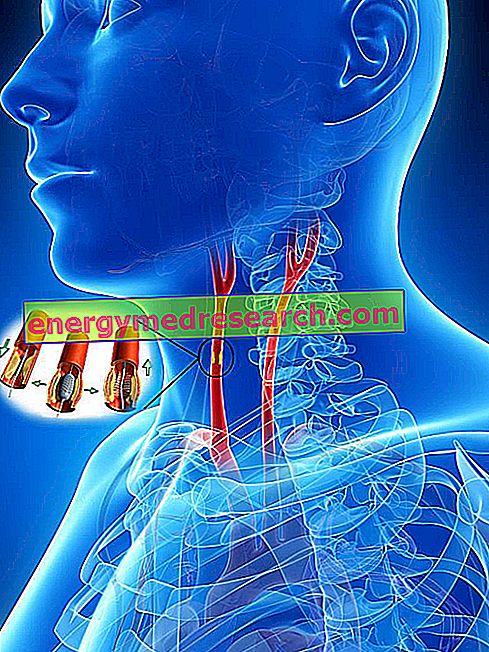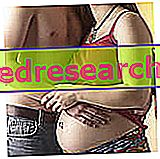Introduction
Among the safest and most effective contraceptive methods, hormonal contraceptives play a prestigious role. Hormonal contraceptives, in fact, are widespread drugs and, for many sexually active women with a fixed partner, constitute the first-choice contraceptive method.
Advantages and disadvantages
In addition to guaranteeing extremely high protection against unwanted and unexpected pregnancies, hormonal contraceptives (used constantly and correctly) prove to be prodigious allies of female health for several reasons:
- Maintain perfect menstrual regularity, reducing episodes of amenorrhea, irregular cycles and intermenstrual bleeding
- They relieve menstrual pain
- Lighten the symptoms of PMS
- (Some) ensure a scarce menstrual flow
- They help to alleviate some aesthetic disorders, such as acne
- The incidence of ovarian and endometrial cancer decreases, and does not cause cervical cancer
- Some women use hormonal contraceptive methods to cope with more or less important pathological disorders, such as endometriosis, fibroids and hormonal imbalances

What are they?
The hormonal contraceptive methods can be taken by mouth, applied to the skin or inserted directly into the uterus (by a gynecologist) or into the vagina (by the woman herself). Some contraceptive drugs can even be injected into the deltoid or gluteus muscle, or implanted under the skin of the arm.
Among these, we recall:
- Estro-progestin contraceptive pill
- Minipillola (composed exclusively of progestins)
- Vaginal ring
- Transdermal patch
- Progestin injection
- Implantable hormonal contraceptive methods: IUDs and sticks
- Post-coital contraception: which should NOT be considered a habitual contraceptive method.
Key points
The table describes the general characteristics, advantages and disadvantages of each hormonal contraceptive method. Furthermore, a percentage value is given which expresses the theoretical protection guaranteed by the contraceptive against unwanted pregnancies.
Estroprogestinica contraceptive pill | |||
| General characters | Advantages | Disadvantages | Protection from unwanted pregnancies |
|
|
|
|
Minipill (progestin) | |||
| General characters | Advantages | Disadvantages | Protection from unwanted pregnancies |
|
|
|
|
Vaginal ring (NuvaRing) | |||
| General characters | Advantages | Disadvantages | Protection from unwanted pregnancies |
|
|
|
|
Transdermal patch (Evra) | |||
| General characters | Advantages | Disadvantages | Protection from unwanted pregnancies |
|
|
|
|
Progestin injection (eg Prontogest) | |||
| General characters | Advantages | Disadvantages | Protection from unwanted pregnancies |
|
|
|
|
The real risk of becoming pregnant without using any contraceptive method is estimated at around 85%.



